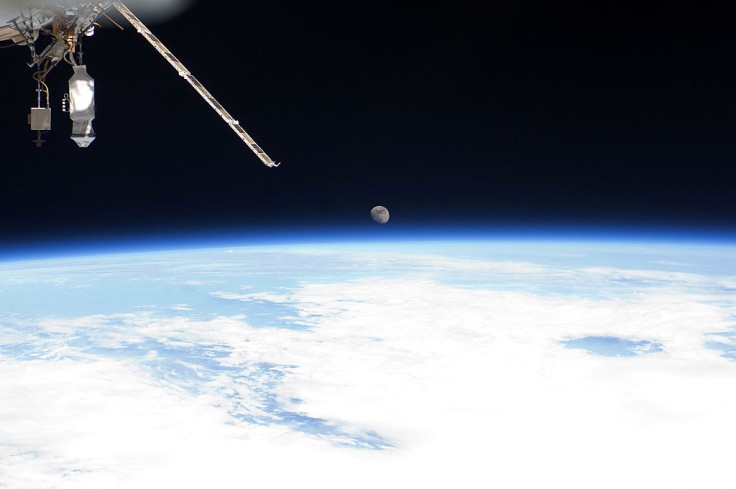
NASA's video of Earth was captured by astronaut Shane Kimbrough, and posted the footage on Twitter today, October 21. The stunning footage covered places from Europe to Yemen from outer space.
It was an astronaut's eye view, giving us people here on the surface of our planet a perspective of the life inside the International Space Station (ISS) and the views they get.
Europe at night is absolutely stunning! Enjoy this pass from Europe to Yemen. pic.twitter.com/08oxHRunMI
— Shane Kimbrough (@astro_kimbrough) October 20, 2021
The ISS is a massive research center where a variety of experiments are taking place at any one moment, ranging from biology to technology, with consequences for life in space and on Earth through NASA's images of Earth.
Other experiments have more tangible consequences and benefits for the rest of humanity.
The ISS may be seen flying overhead with the naked eye, especially if you know where to look. It is the third brightest object in the night sky, orbiting the globe every 90 minutes, and is thought to have cost more than $100 billion to build.
But what is the purpose of the ISS and what do the people there do?
What Is the International Space Station?
The International Space Station is a massive spacecraft in Earth's orbit. It functions as a residence for astronauts when they are doing missions in space. The space station also serves as a one-of-a-kind science laboratory.
Numerous countries collaborated to build and operate the space station.
In addition, the space station is made up of elements that astronauts constructed in space. It orbits Earth at a distance of around 250 miles above the surface. It has a top speed of 17,500 mph. This means it takes 90 minutes to orbit the Earth.
The space station is being used by NASA to learn more about living and working in orbit. These teachings will allow mankind to travel further into space than they have ever gone before.
Astronaut Kimbrough's Stunning Footage of Earth
According to NASA, astronaut Shane Kimbrough shared this beautiful footage from space from his perspective from being in the International Space Station.
The Astronaut is also a retired US Army. He usually shares stunning videos and photos taken from space and posts them casually on his Twitter account for everyone to see.
NASA selected Robert Shane Kimbrough in 2004. He flew for the first time in 2008 on STS-126, where he spent about 16 days expanding the crew's living quarters to accommodate a six-person crew. He went on two spacewalks during the mission.
The Georgia Institute of Technology awarded Kimbrough a Master of Science degree. Kimbrough joined NASA in 2000 as a Flight Simulation Engineer (FSE) on the Shuttle Training Aircraft before being selected as an astronaut (STA). Kimbrough flew on the Expedition 49/50 mission, logging a total of 189 days in space and performing four spacewalks.
How Old Is the Space Station?
As recorded by NASA, The International Space Station's initial component was launched in November 1998. The Russian Zarya control module was launched by a Russian rocket.
Two weeks later, in orbit, the space shuttle Endeavour collided with Zarya. The US Unity node was carried by the space shuttle, and the team connected Zarya to the Unity node.
Over the next two years, more pieces were added to the station before it was ready for people to live there.
On November 2, 2000, the first crew arrived. Since then, people have been living on the space station. Over time, more parts have been added. In 2011, NASA and its international partners completed the construction of the space station.
How Big Is the Space Station?
The space station is the size of two Boeing 747 jetliners or a five-bedroom house. It can accommodate a staff of six persons as well as tourists, and it would be nearly a million pounds on Earth.
The station is the size of a football field, including the end zones, as measured from the edges of its solar arrays.
Laboratory modules from the United States, Russia, Japan, and Europe are included.









